-
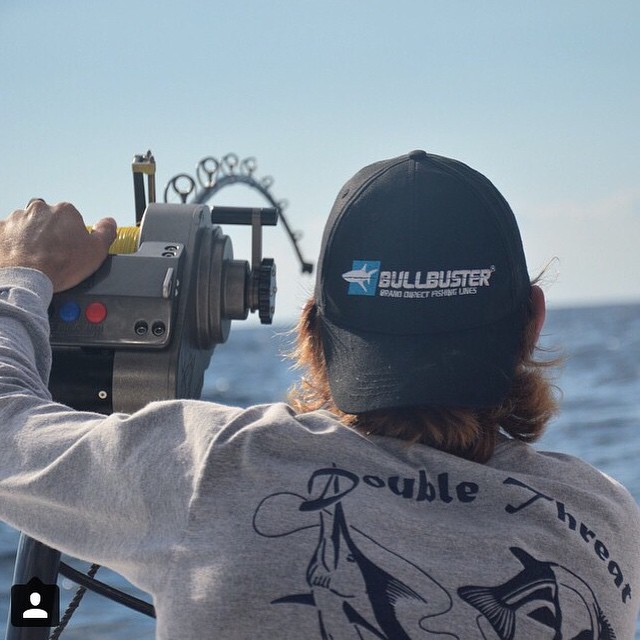 Aug 2
Aug 2Daytime Swordfishing Equipment
Revolutionizing the Technique Just because we discovered that swordfish can be targeted during the day doesn’t mean it is an easy task. Daytime swordfishing involves the presentation of a bait 1,000-2,000 feet below the surface. In most regions, this includes a wall of current you have to penetrate if you hope to get into the strike zone. With the advent of new equipment, specifically, super braid and modern electric reels, came the advancement of daytime swordfishing as we know it. Braided line has impressive breaking strength and narrow diameter which allows it to cut through the water column and makes fishing these depths much more tangible. Electric reels allow you to retrieve your bait quickly with up to 12 lbs of lead which is a necessity, not a luxury when you are looking to efficiently work the strike zone. Getting Started with Daytime Swordfishing If you are looking to get started with daytime swordfishing, it’s important to understand that this is one of the most ...
Read More -
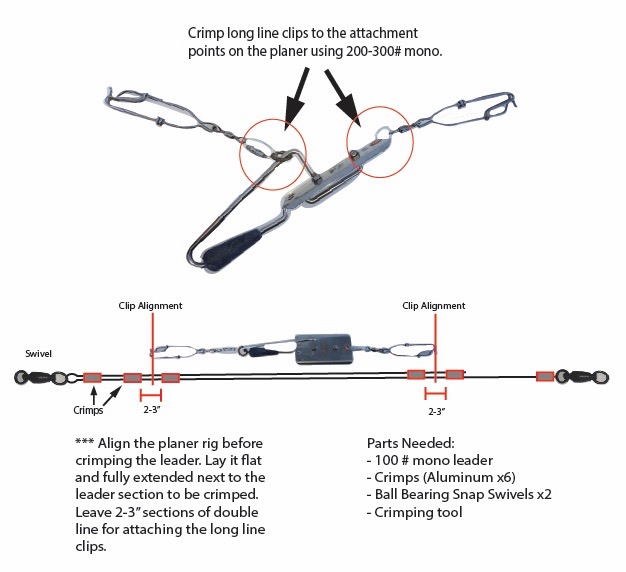 Dec 20
Dec 20Ultimate Wind-on Planer Rig
The Ultimate Wind-on Planer Rig What to Buy and How to Make it Planer fishing is a tried and true method for trolling baits deep in the water column. Many anglers utilize planers to troll for mackerel and wahoo, but few are rigging the planers so that they can be quickly detached from the leader. Here’s a better way to planer fish, and this method can also be used for trolling leads. Why use a detachable planer? A detachable planer allows you to reel the leader and fish all the way up to the rod tip. It eliminates the necessity to hand line the fish up to the boat. This is a major benefit, especially when dealing with larger fish like big mackerel or wahoo. The drag pressure applied to a fish with the reel is far more consistent than the pressure you apply pulling a fish in by hand. You can easily pull too hard by hand and pull a ...
Read More -
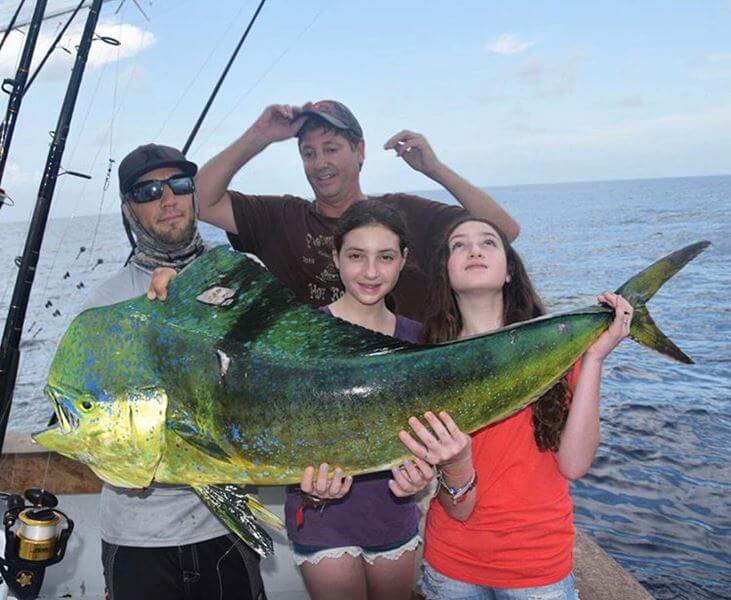 Dec 20
Dec 20Top Trolling Rigs for Mahi
Trolling rigs for Mahi There are a wide variety of trolling lures on the market. Which ones actually catch fish, and which ones are designed just to catch fisherman? Here are a few of our favorite rigs to pull when we’re targeting mahi. 1. Skirted artificial lures: These types of lures are widely available and catch a variety of fish beyond just mahi. Often times they are rigged and ready to go out of the package. We prefer the smaller sized lures, in the 4-6” range. Colors like a combination blue and white mimic flying fish, a favorite forage of dorado. Pink is also a color that seems to get a lot of bites in the spread. Some of our favorites include the R&R Mahi Magnet which can be found here https://randrtackle.com/collections/mahi-magnets. Feathers fished out of the outriggers and close to the boat will run or skip across the surface and remain relatively free of weeds. Try to position a new lure at different ...
Read More -
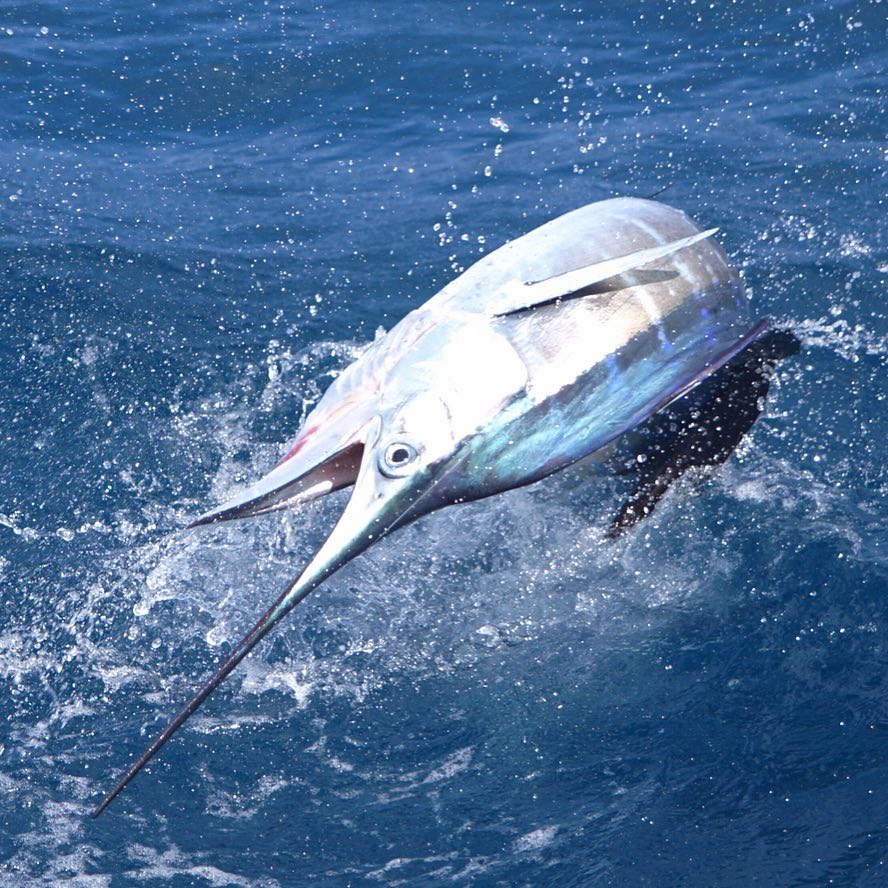 Dec 20
Dec 20How to set up a Kite Line- Clip Spacing
How to set up a Kite Line- Making Kite Marks Any serious fisherman in south Florida is going to be flying kites this winter for sailfish. This technique can also be deadly on tuna as well. If you have any intention of kite fishing, you’ll have to make a kite line. The basic kite line uses three different “marks” used to stagger three kite clips. This is established by having different size holes in each of the kite clips, each corresponding to a mark on the kite line.What do you mean by a “mark”??? The mark can be a swivel or a floss mark made with wax floss tied in a series of half hitches. The marks are designed so they are slightly larger than the hole in the kite clip. As the kite is sent away from the boat, the mark on the line leaves the reel and catches the kite clip. Most fishermen use a 3-clip system and refer to ...
Read More -
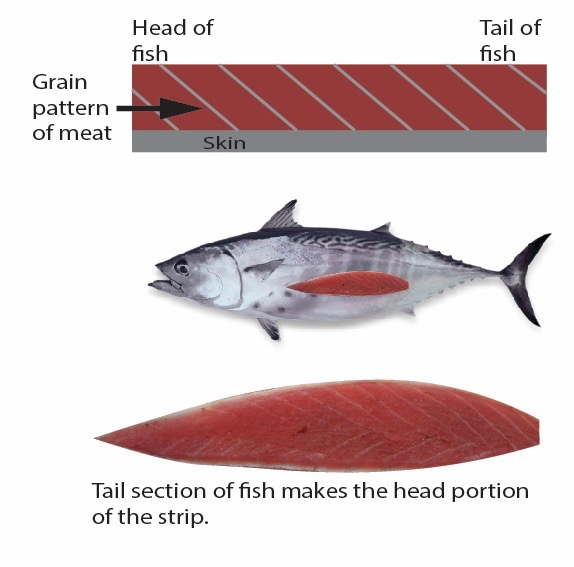 Dec 20
Dec 20Rigging Bonito Strip Baits
Making Bonita Strips for Trolling: Bonito strips are deadly tools that can bring life to a troll spread. Tough and versatile by nature, these wiggly morsels work just as well up top as they do behind a planer. Whether you are trolling or live baiting, the goal while fishing is to shoot for the most natural presentation possible. Bonito strips behind a seawitch or feather can be irresistible to a variety of species as they rip through the water column. The first step in prepping for bonito strips is the obvious: catch bonito. Bonito are ravenous little fish that can be caught on the edge from 80-200 feet of water almost year round. We catch bonito while live baiting and trolling. Bait preparation and management is crucial while charter fishing so we make sure that every bonito we catch makes it into the box and eventually our freezer. The Little Tunny or “bonita” are widely regarded as a trash fish because they are poor table fare. ...
Read More -
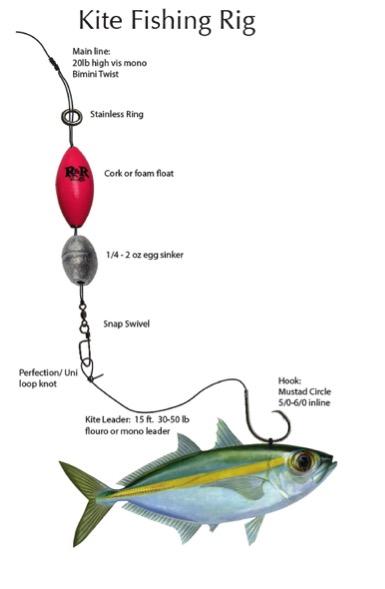 Nov 21
Nov 21Basic Kite Fishing Rig
Here are some tips and tricks to help you advance the basic kite fishing rig. First, let’s start with the basic rig.It consists of a kite leader, snap swivel, lead, cork and o-ring. If you’re new to kite fishing, the objective of kite fishing is rather simple: to fish live bait on the surface in the stealthiest way possible. Kite Fishing allows you to keep the mainline out of the water, and fish your bait right on the water’s surface. The stainless o-ring at the top of the kite rig attaches to a tension release clip on the kite line. The cork or float is used as a visual indicator, not like a fresh water bobber. Lead is used to prevent the bait from coming out of the water.Wind pressure on the main line will blow small baits out the water on high wind days. Lastly, the snap swivel allows for rapid changing of leaders. This is the ...
Read More -
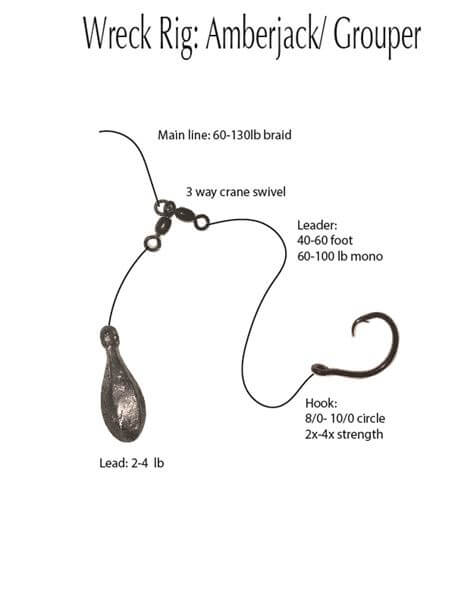 Nov 7
Nov 7Wreck Fishing Rig for Grouper and Amberjack
Wreck Fishing Rig for Grouper and Amberjack Where to fish: Looking for a grouper or amberjack to bring to the dinner table? Plenty of anglers try tackling big bottom dwelling fish with poor results. Modern marine electronics make secret spots a thing of the past. Shipwrecks, ledges and rock piles are marked on modern GPS chart plotters. There are also plenty of resources online if you’re willing to do the homework. These are the places you’ll want to fish to catch big Amberjacks, Grouper, Cobia, African Pompano, Snapper and other structure seeking fish. Shipwrecks are see more fishing pressure, and fish are getting smarter as a result. Don’t make the figurative mistake of bringing a knife to a gun fight when looking to catch big amberjack or grouper off a ship wreck. These fish will try and get back into the structure, whether it's a coral head, rock ledge, or shipwreck. Here's a great site, FloridaGoFishing lists wrecks in Florida by ...
Read More -
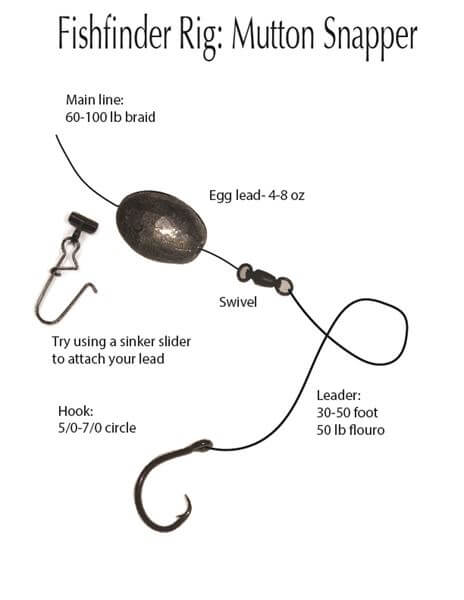 Oct 22
Oct 22Fishfinder Rig for Mutton Snapper
One of the most widely used bottom fishing rigs is the versatile fish finder rig. It can be adapted for both inshore and offshore fishing and for a variety of different species. It’s an easy rig to tie, making it a favorite for anglers. The rig consists of a weight attached to the main line followed by a swivel. An egg sinker placed on the mainline allows fish to pull line without pulling the weight of the lead. This allows game fish a swim off with the bait and swallow it before the angler sets the hook. There are sinker sliders available on the market, and they allow you to attach different sinker types through the use of a snap.Sinker sliders are ideal for surf fishing, when a pyramid type sinker is preferred over an egg sinker. They also provide a convenient attachment point for quick lead changes. Leader selection: When fishing from a boat for snapper or grouper, it’...
Read More -
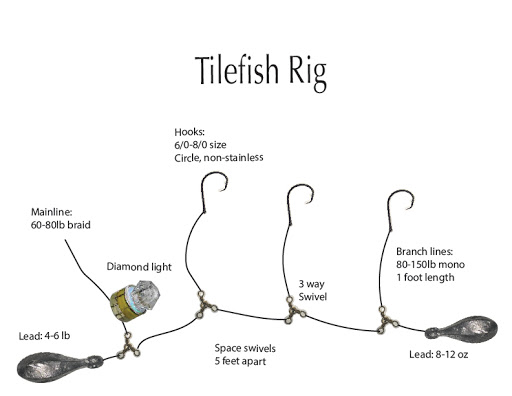 Oct 8
Oct 8Tips for Catching Golden Tilefish
Tips for Catching Golden Tilefish Off the coast of Miami, golden tilefish commonly dwell in waters ranging from 500-900 feet. They range the length of the US eastern seaboard and have been found as deep as 1,500 feet. Golden tiles look for areas with soft bottom such as clay. They make conical shaped burrows and guard them against invaders. Catching tilefish involves dropping a heavily weighted rig to the bottom with squid or fresh cut bait. The preferred rig for goldens is a “lay down rig”. This type of rig opposed to a chicken rig consists of 2 weights, with a heavier lead close to the main line and another at the end. This allows the rig to drag across the bottom, kicking up sediment along its path. Be sure to attach a high quality deep drop light to help attract fish. Catching Golden Tilefish We chose to fish or rigs on electric combos with 80 pound braid, although it’s possible to go to lighter braided lines and hand ...
Read More -
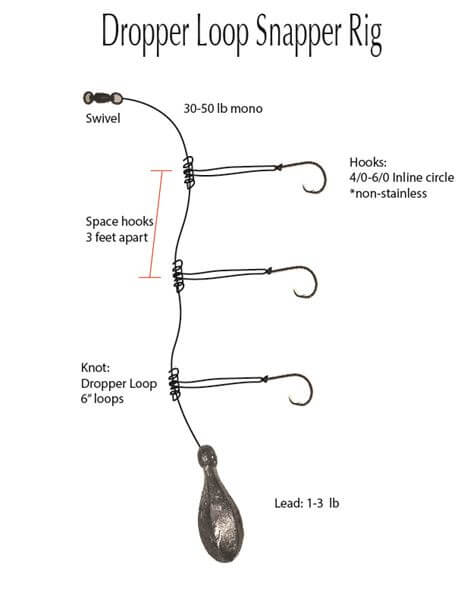 Oct 1
Oct 1Chicken Rigs for Snapper and Grouper
Deep Drop Rig for Snapper - Chicken Rig A quick and easy bottom rig to tie is the chicken rig. The rig itself consists of multiple hooks with your lead on the bottom. It presents your bait vertically in the water column, great for schooling fish suspended near the bottom. We often use them to target vermillion snapper and yellow eye snapper off Miami. My first introduction to chicken rigs was fishing for flounder off NJ. Off NJ we would tie primarily double hook rigs, spaced closer together and with longer loops. Chicken rigs work great for catching bait too, the Japanese sabiki rig is essential to anglers here in south Florida. Sabikis are essentially a miniature chicken rig. The rig itself can be used in numerous different applications and fisheries. For snapper fishing off Miami try making your rigs from 30-50 lb mono or flouro. I prefer 4 or 5 hook rigs with the hooks spaced around 3 feet apart. Dropper loop knots ...
Read More -
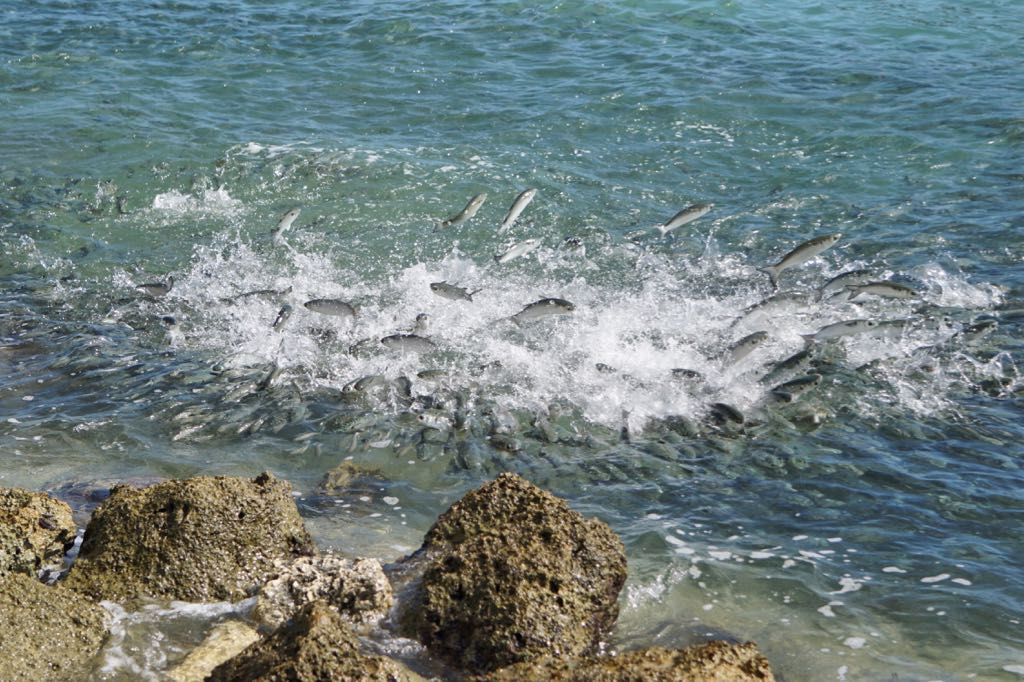 Sep 24
Sep 24Mullet Run Snook Rigs
Mullet Run Snook RigsLate summer and early fall brings about the annual mullet migration. From the Carolinas to south Florida, millions of black and silver mullet migrate down the coastline and then offshore to spawn. This massive migration is quite the spectacle to see and provides excellent opportunities for fisherman on land and at sea. Mullet are a favorite forage for snook and they are both found in brackish backwaters and tributaries. When the two species collide in massive numbers, you’ll want to be in on the action. Acre size bait schools come under attack at all hours of the day, usually peaking around the sunrise and sunset. There are a couple different ways to target snook during the mullet run, so let’s examine some different tactics and the rigs you’ll need to maximize your success. Surf Fishing: One of my personal favorite ways to target snook is on the beach during the mullet run. The bait is usually ...
Read More




